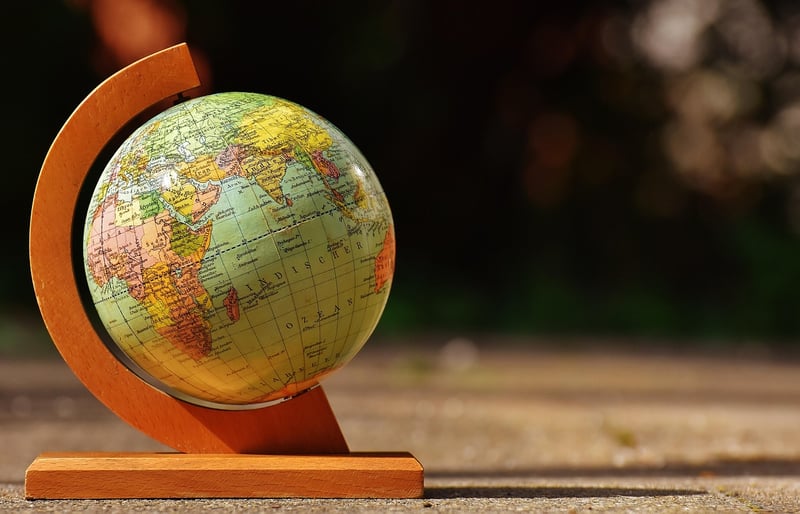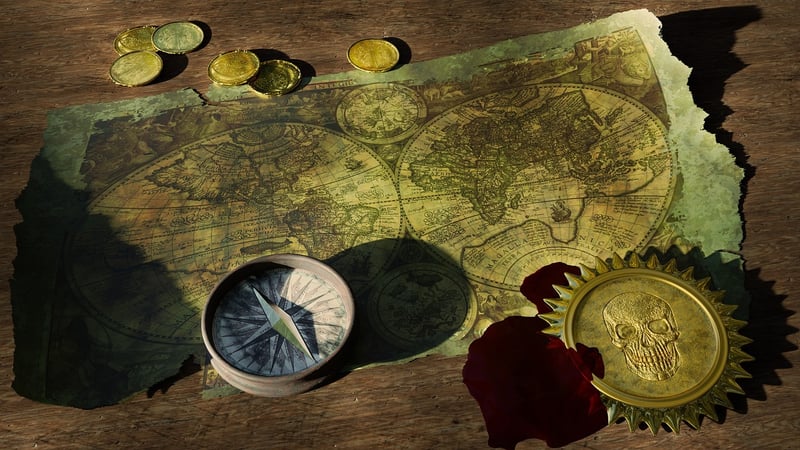Temporal Maps
The Power of Temporal Maps: Visualizing Time-Based Data
Welcome to our guide on temporal maps and how they can help you visualize time-based data effectively. Temporal maps are powerful tools that allow you to see how data changes over time in a geographic context. Whether you're tracking historical trends, monitoring real-time data, or planning for the future, temporal maps can provide valuable insights that traditional charts or graphs may not capture.
What are Temporal Maps?
Temporal maps, also known as time maps or timeline maps, are visual representations of data that show how information evolves or changes over time within a specific geographical area. These maps use colors, shapes, or animations to display data at different time intervals, making it easy to identify patterns, trends, and anomalies.
Why Use Temporal Maps?
There are several reasons why temporal maps are a valuable tool for data analysis:
- They provide a clear visual representation of temporal data.
- They help identify trends and patterns that may not be apparent in traditional data formats.
- They allow for the comparison of data at different time points.
- They enable users to track changes geographically over time.
- They enhance storytelling and communication of time-based data.
Examples of Temporal Maps
Temporal maps can be used in various fields, including:
- Historical research to track the evolution of cities, territories, or populations.
- Environmental studies to monitor changes in ecosystems over time.
- Urban planning to visualize the growth and development of cities.
- Public health to track the spread of diseases or the effectiveness of interventions.
How to Create Temporal Maps
There are several tools available for creating temporal maps, including GIS software like ArcGIS or QGIS, data visualization platforms like Tableau or Power BI, and programming languages such as Python with libraries like Matplotlib or Plotly. These tools allow users to import time-based data, choose a geographic area, and customize the visualization to suit their needs.
Conclusion
Temporal maps are a powerful way to explore and understand time-based data in a spatial context. Whether you're analyzing historical trends, monitoring real-time changes, or planning for the future, temporal maps can provide valuable insights that drive informed decision-making.
Start incorporating temporal maps into your data analysis toolkit and unlock new possibilities for visualizing temporal data effectively.

Explore the world of temporal mapping and discover the stories hidden in time and space.
For more information and resources on temporal mapping, check out ESRI and Tableau.
